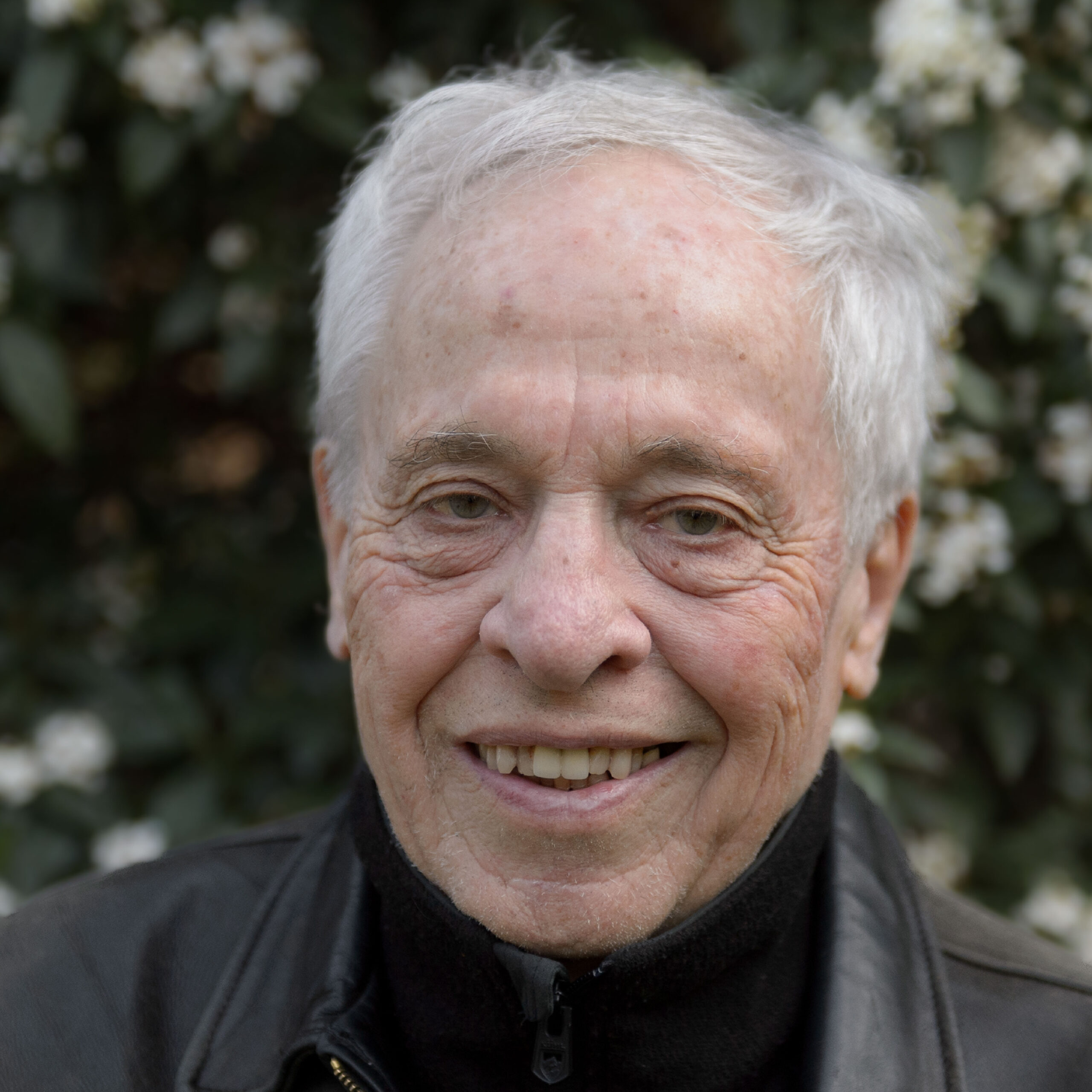
Biography
Joseph Silk is Homewood Professor of Physics and Astronomy at The Johns Hopkins University, Baltimore, and emeritus researcher at the Institut d’Astrophysique and Sorbonne University, Paris. He was Savilian Professor of Astronomy at the University of Oxford from 1999 to 2011, where he is currently a Senior Fellow at the Beecroft Institute for Particle Astrophysics and Cosmology. Most of his scientific research is related to cosmology and particle astrophysics, and his specialties include the cosmic microwave background, galaxy formation and dark matter.
His recent activity has centred on developing the case for developing cosmology projects on the Moon. He is author of seven popular books, including The Big Bang, The Left Hand of Creation, A Short History of the Universe, and most recently Back to the Moon.
Synopsis
The lunar surface allows a unique way forward for exploring the ultimate frontiers in cosmology: the dark ages of the universe. This is the time before any stars had formed in the cosmos. There were only clouds of hydrogen that assembled to form the building blocks of the galaxies. We will search for their traces by building arrays of low frequency radio telescopes on the far side of the moon, the most radio-quiet environment in the inner solar system.
With the next generation of lunar telescopes, we will probe deep into our cosmic origins, reaching back to the first months of cosmic time. We will address profound questions about the most distant galaxies and massive black holes.We will also construct telescopes in deep polar craters that are in permanent darkness to explore biological tracers in distant planets. We will ascertain whether we are alone in our vast universe.
In this talk, Professor Silk will explain how new observatories on the Moon will build on these great endeavours.




